Home>Home Appliances>Cleaning Appliances>How To Mop Lvp Floors
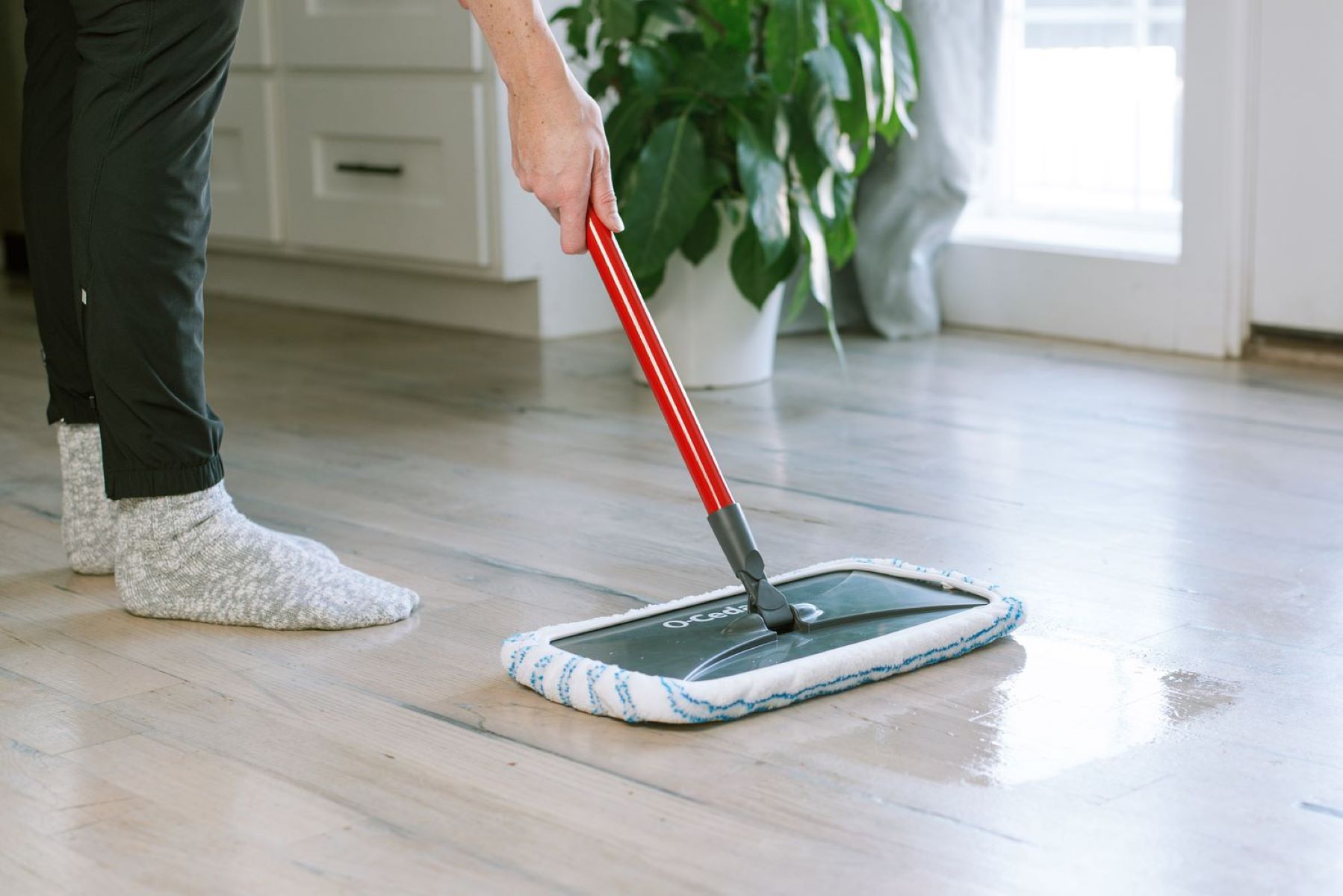

Cleaning Appliances
How To Mop Lvp Floors
Modified: March 24, 2024
Learn the best techniques for cleaning LVP floors with our comprehensive guide. Discover the top cleaning appliances and methods for maintaining pristine and spotless floors. Keep your LVP floors looking brand new with our expert tips.
(Many of the links in this article redirect to a specific reviewed product. Your purchase of these products through affiliate links helps to generate commission for Storables.com, at no extra cost. Learn more)
Introduction
Read more: How To Mop A Floor
Introduction
When it comes to keeping your home clean and inviting, the floors play a crucial role. Luxury vinyl plank (LVP) flooring has gained immense popularity for its durability, affordability, and aesthetic appeal. However, to maintain its luster and extend its lifespan, proper cleaning and maintenance are essential. One of the most effective ways to keep your LVP floors looking pristine is by mopping them regularly. In this comprehensive guide, we will delve into the art of mopping LVP floors, covering everything from understanding the nature of LVP flooring to choosing the right mop and cleaning solution. By the end of this article, you will be equipped with the knowledge and techniques to ensure that your LVP floors remain sparkling clean and beautiful for years to come.
Key Takeaways:
- Choose a microfiber mop with a flat, swivel head and adjustable handle for gentle and efficient cleaning of LVP floors, ensuring a hassle-free and ergonomic mopping experience.
- Prepare a gentle cleaning solution using warm water and mild dish soap or white vinegar to effectively clean LVP floors without compromising their integrity, promoting a natural and fragrant cleaning experience.
Understanding LVP Floors
Before diving into the mopping process, it’s important to understand the unique characteristics of luxury vinyl plank (LVP) flooring. LVP is a resilient and versatile flooring option that mimics the look of natural hardwood or stone but offers greater durability and water resistance. It is constructed with multiple layers, including a wear layer, decorative layer, core layer, and backing layer, all of which contribute to its exceptional performance.
One of the key advantages of LVP flooring is its ability to withstand moisture, making it an ideal choice for areas prone to spills and high humidity, such as kitchens, bathrooms, and basements. Additionally, LVP is resistant to scratches, dents, and stains, making it a low-maintenance flooring option for busy households.
Understanding the composition and resilience of LVP flooring is crucial when it comes to cleaning and maintenance. While LVP is highly durable, it is essential to use the right cleaning techniques and products to preserve its appearance and longevity. Improper cleaning methods can potentially damage the protective wear layer and compromise the overall integrity of the flooring.
By gaining a deeper understanding of the unique properties of LVP flooring, you can approach the mopping process with confidence, knowing that you are taking the necessary steps to care for and prolong the life of your floors.
Choosing the Right Mop
When it comes to mopping luxury vinyl plank (LVP) floors, selecting the right mop is essential to ensure effective cleaning without causing damage. With a wide array of mop options available, it’s important to consider factors such as material, design, and functionality.
Microfiber mops are highly recommended for cleaning LVP floors due to their gentle yet effective cleaning capabilities. The microfiber material is gentle on the surface of the flooring while effectively trapping dirt, dust, and grime. Additionally, microfiber mops are known for their exceptional absorbency, allowing for efficient cleaning without excess moisture, which is crucial for maintaining the integrity of LVP flooring.
Another important consideration is the mop’s design. Opt for a mop with a flat, rectangular head that can easily maneuver around furniture and reach into corners and tight spaces. This design not only facilitates thorough cleaning but also minimizes the need for excessive bending and reaching, making the mopping process more ergonomic and convenient.
Furthermore, the mop should have a swivel head that provides flexibility and ease of movement, allowing you to navigate the entire floor surface with minimal effort. This feature is particularly beneficial for larger areas, as it reduces the time and effort required to complete the mopping process.
When selecting a mop for LVP floors, consider the type of handle as well. A lightweight, adjustable handle that can be extended to a comfortable height is ideal for promoting good posture and reducing strain on the back and arms during mopping. Additionally, a mop with a washable and reusable microfiber pad is not only environmentally friendly but also cost-effective in the long run.
By carefully choosing a microfiber mop with a suitable design and functionality, you can ensure that the mopping process is efficient, gentle on your LVP floors, and conducive to a hassle-free cleaning experience.
Preparing the Cleaning Solution
When it comes to mopping luxury vinyl plank (LVP) floors, using the right cleaning solution is crucial for achieving a thorough clean without compromising the integrity of the flooring. While LVP is highly resilient, it is important to avoid harsh chemicals and abrasive cleaners that can damage the protective wear layer.
An effective and gentle cleaning solution for LVP floors can be easily prepared using common household ingredients. One popular DIY cleaning solution consists of a mixture of warm water and a mild dish soap or a pH-neutral floor cleaner. The mild nature of dish soap ensures that it effectively removes dirt and grime without leaving behind residue or causing streaks on the LVP surface.
To prepare the cleaning solution, simply fill a bucket with warm water and add a small amount of mild dish soap or a pH-neutral floor cleaner according to the manufacturer’s recommendations. Avoid using excessive amounts of soap, as this can lead to a sticky residue on the floor. It is important to strike a balance and use a conservative amount of cleaning solution to achieve optimal results.
Alternatively, for a natural and fragrant cleaning solution, you can combine warm water with a small amount of white vinegar. Vinegar is known for its natural cleaning properties and can effectively remove stubborn stains and odors from LVP floors. However, it is important to dilute the vinegar with water to prevent its acidic nature from causing damage to the flooring.
Before mopping the entire floor, it is advisable to test the cleaning solution on a small, inconspicuous area of the LVP to ensure compatibility and to avoid any potential adverse reactions. Additionally, always wring out the mop thoroughly to remove excess moisture before mopping the floor, as excessive water can seep into the seams and edges of the flooring, potentially causing damage over time.
By preparing a gentle and effective cleaning solution using common household ingredients, you can ensure that your LVP floors receive the care they need to remain clean, beautiful, and free from damage.
Use a damp mop with a pH-neutral cleaner to clean LVP floors. Avoid using excessive water or harsh chemicals, as they can damage the floor. Always follow the manufacturer’s cleaning guidelines.
Read more: How To Mop The Floor
Mopping LVP Floors
Once you have selected the appropriate mop and prepared a gentle cleaning solution, you are ready to embark on the mopping process for your luxury vinyl plank (LVP) floors. This essential step in maintaining the cleanliness and appearance of your floors requires a strategic approach to ensure optimal results without compromising the integrity of the flooring.
Before commencing the mopping process, it is advisable to remove any loose debris and dust from the floor surface using a soft-bristle broom or a vacuum cleaner with a soft brush attachment. This initial step helps prevent abrasive particles from scratching the LVP surface during the mopping process.
Next, dip the microfiber mop into the prepared cleaning solution, ensuring that the mop is damp but not dripping with excess liquid. Wring out the mop thoroughly to remove any surplus moisture, as excessive water can seep into the seams and edges of the flooring, potentially causing damage over time.
Begin mopping the LVP floors in small, manageable sections, working in a consistent back-and-forth motion to ensure thorough coverage. Avoid using excessive force or pressure while mopping, as this can lead to streaking and potential damage to the protective wear layer of the flooring.
As you progress through the mopping process, periodically rinse the mop in the cleaning solution and wring it out to ensure that you are consistently using a clean and damp mop. This helps prevent the spread of dirt and grime and ensures that the cleaning solution remains effective throughout the mopping process.
For stubborn spots or spills, gently spot-treat the affected areas with the damp mop, focusing on lifting the residue without excessively saturating the floor. Avoid using abrasive scrubbing pads or brushes, as these can damage the surface of the LVP flooring.
Once the entire floor has been mopped, allow it to air dry naturally. Avoid walking on the freshly mopped areas until they are completely dry to prevent leaving footprints or smudges on the surface.
By following these meticulous steps and exercising care during the mopping process, you can effectively maintain the cleanliness and pristine appearance of your LVP floors while preserving their longevity and durability.
Maintaining LVP Floors
While mopping is an essential aspect of keeping luxury vinyl plank (LVP) floors clean, there are additional measures that can be taken to preserve the beauty and longevity of your flooring. By incorporating regular maintenance practices into your cleaning routine, you can ensure that your LVP floors retain their luster and resilience for years to come.
One key maintenance practice is to promptly address spills and stains to prevent them from setting into the flooring. Use a soft, absorbent cloth to blot up spills immediately, followed by gentle mopping with a damp microfiber mop if necessary. Avoid using abrasive cleaners or scrubbing pads, as these can damage the protective wear layer of the flooring.
Additionally, placing protective pads under furniture legs and using area rugs or mats in high-traffic areas can help minimize the risk of scratches and dents on the LVP surface. These simple preventive measures can significantly contribute to the long-term maintenance of your floors.
Regularly sweeping or vacuuming the LVP floors to remove dirt, dust, and debris is another crucial maintenance practice. Use a soft-bristle broom or a vacuum cleaner with a soft brush attachment to prevent scratches and abrasions on the flooring surface. By incorporating this routine maintenance step, you can prevent the accumulation of abrasive particles that can diminish the appearance of your floors over time.
Periodically inspect the LVP floors for any signs of wear, damage, or areas in need of attention. Addressing minor issues promptly, such as loose seams or damaged planks, can prevent them from escalating into larger problems that require extensive repairs or replacement.
Finally, it is important to follow the manufacturer’s guidelines for maintenance and care to ensure that you are using suitable cleaning products and techniques. By adhering to the recommended practices, you can maintain the warranty coverage on your LVP flooring and avoid inadvertently causing damage through improper cleaning methods.
By integrating these maintenance practices into your cleaning routine, you can uphold the beauty and resilience of your LVP floors, ensuring that they continue to enhance the aesthetic appeal of your home for years to come.
Conclusion
Caring for luxury vinyl plank (LVP) floors through proper mopping and maintenance is essential for preserving their beauty and durability. By understanding the unique characteristics of LVP flooring and selecting the right mop and cleaning solution, you can ensure effective cleaning without compromising the integrity of the flooring.
When mopping LVP floors, it is crucial to use a gentle back-and-forth motion with a damp microfiber mop, avoiding excessive pressure and moisture. By incorporating regular maintenance practices, such as promptly addressing spills, using protective pads, and conducting routine sweeping or vacuuming, you can prolong the life of your LVP floors and maintain their pristine appearance.
By following these comprehensive guidelines, you can confidently care for your LVP floors, ensuring that they remain a stunning and resilient foundation for your home. With the right approach to mopping and maintenance, your LVP floors will continue to exude timeless elegance and charm, enriching the ambiance of your living space for years to come.
Frequently Asked Questions about How To Mop Lvp Floors
Was this page helpful?
At Storables.com, we guarantee accurate and reliable information. Our content, validated by Expert Board Contributors, is crafted following stringent Editorial Policies. We're committed to providing you with well-researched, expert-backed insights for all your informational needs.
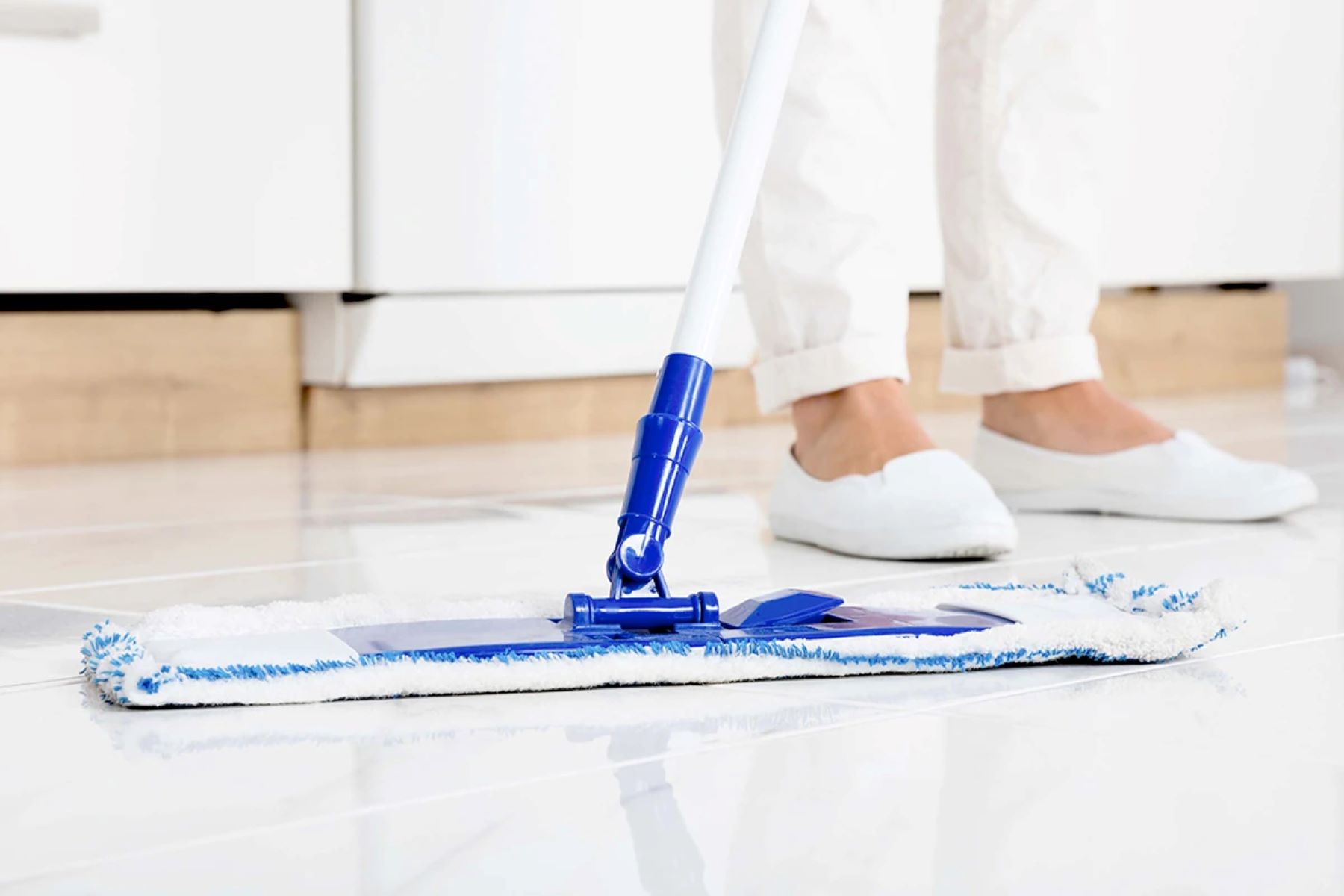
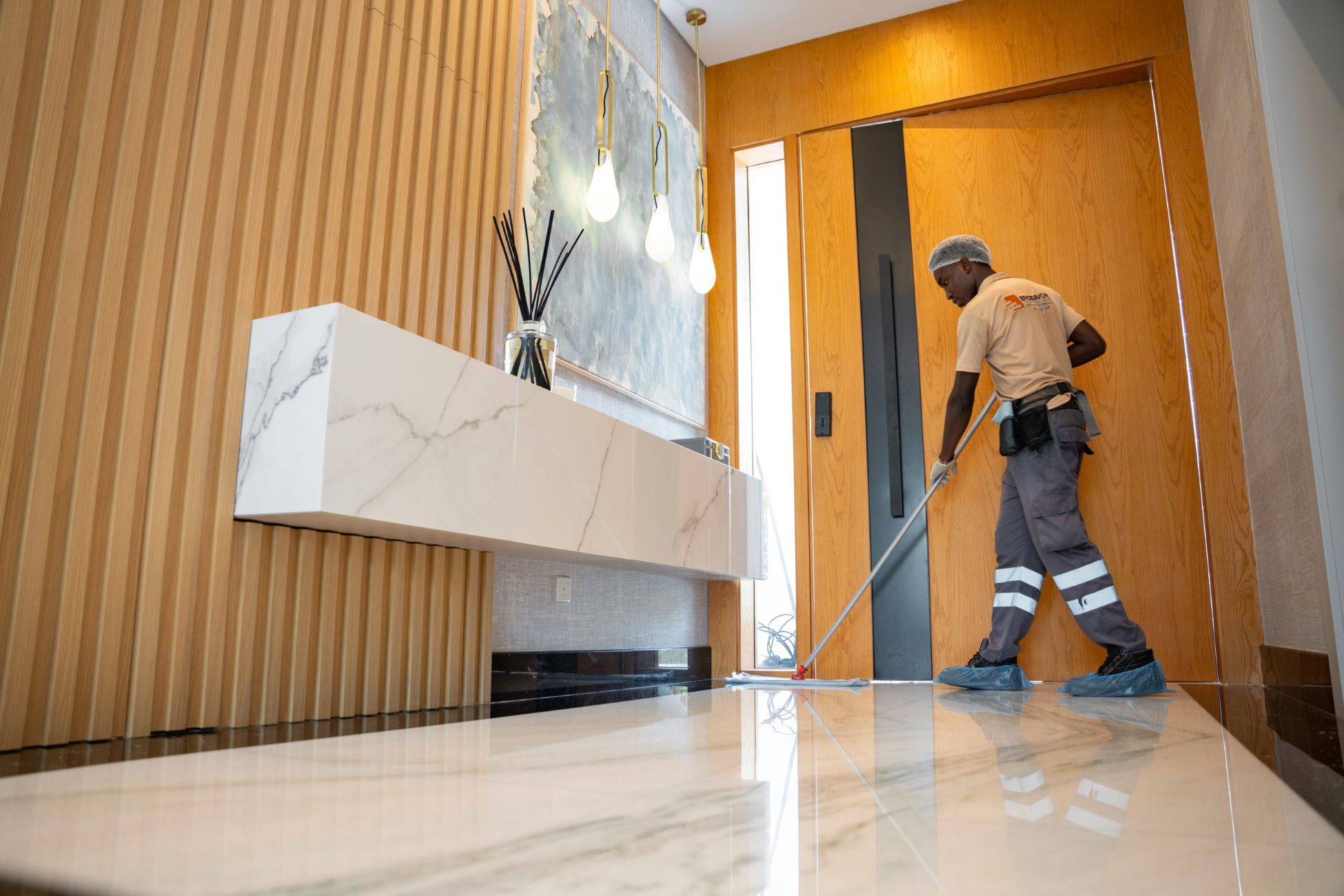
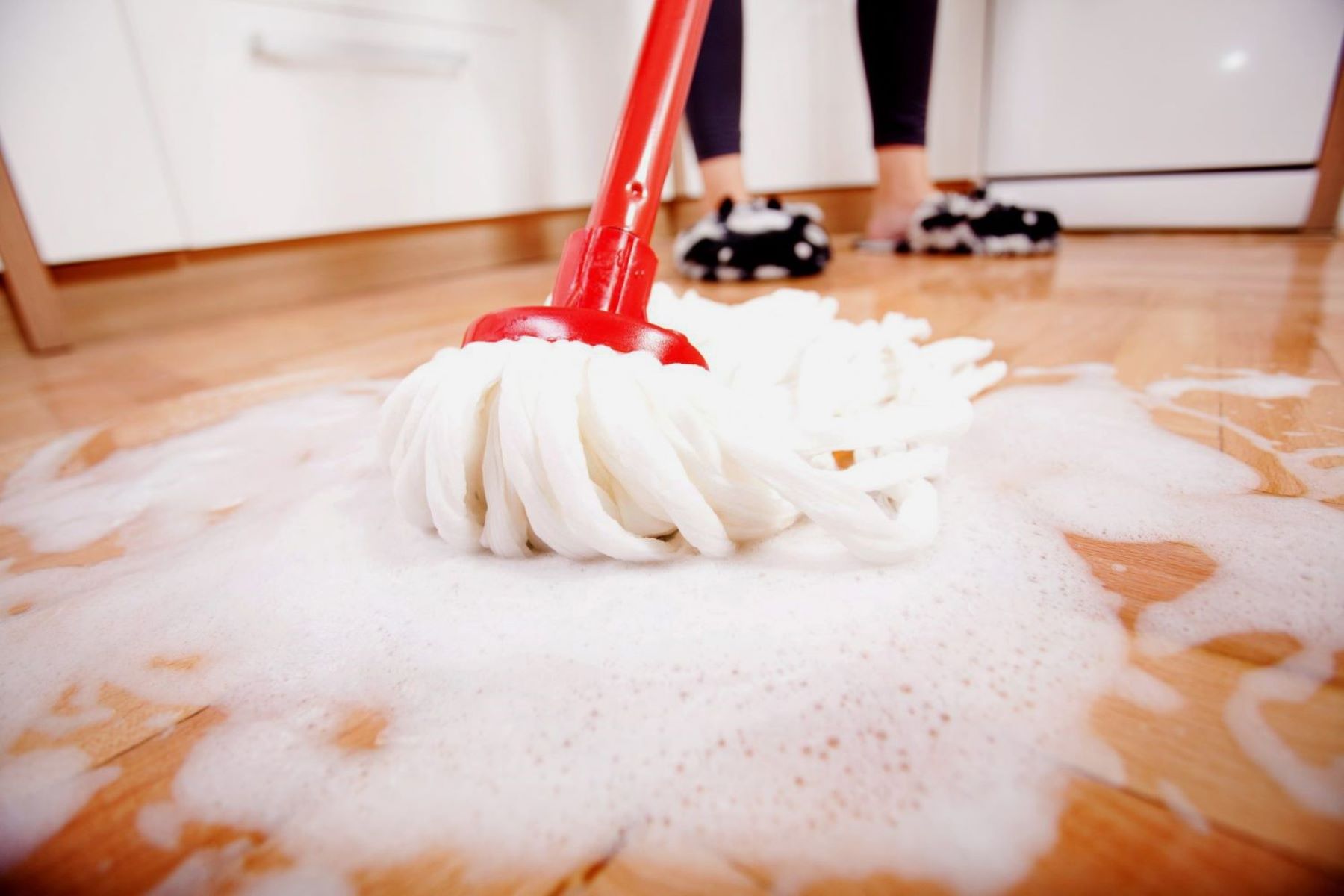
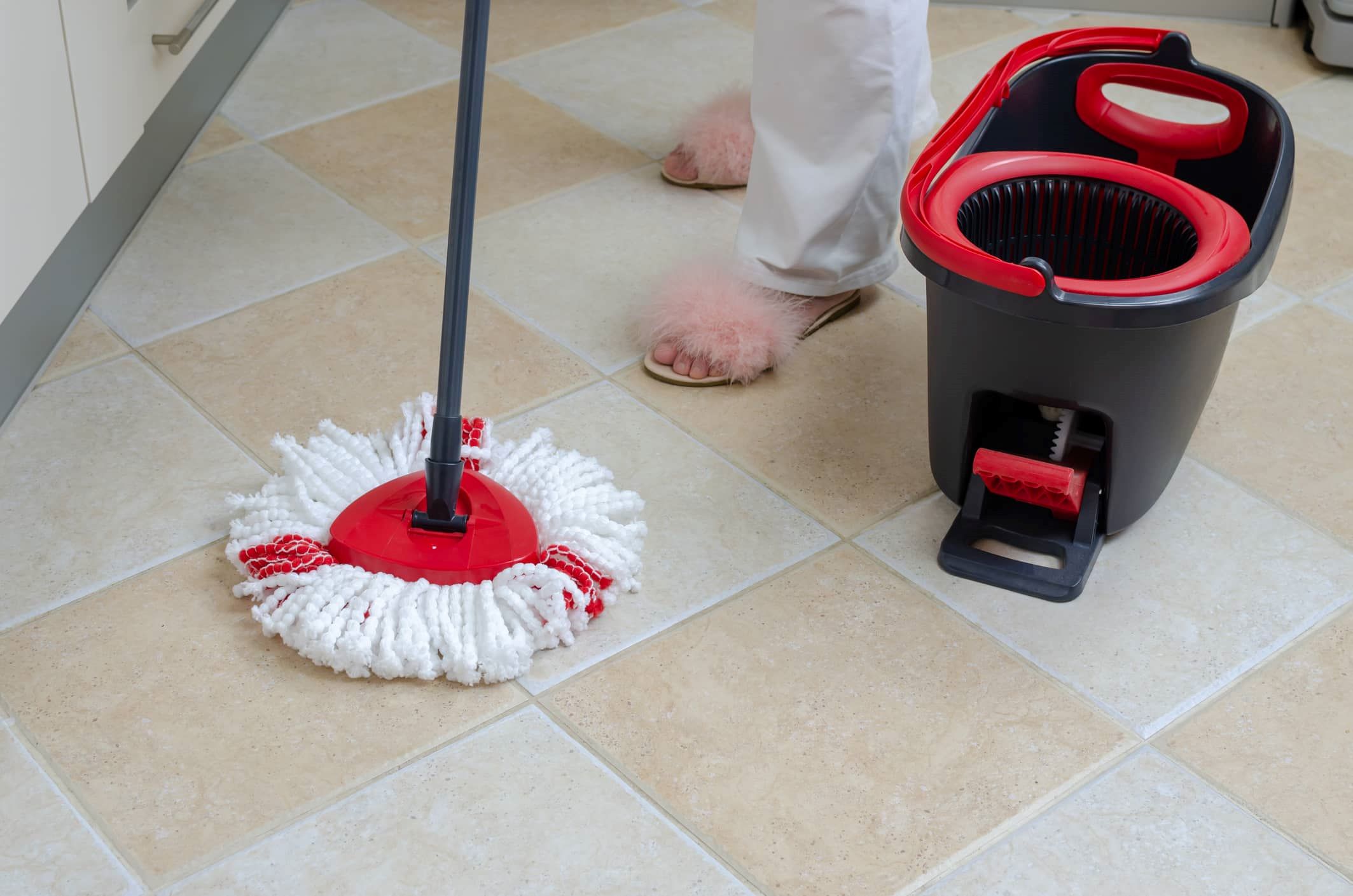
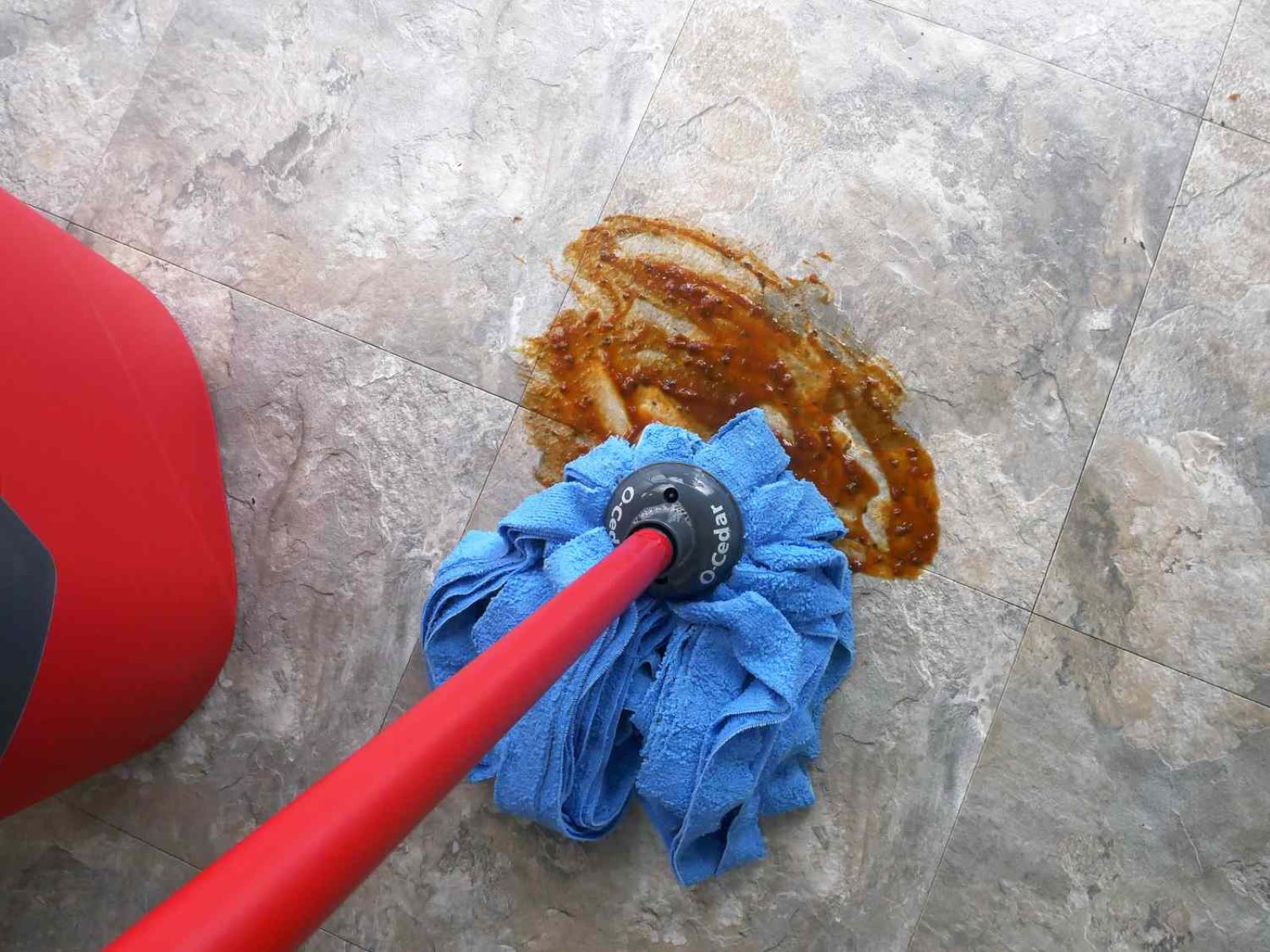
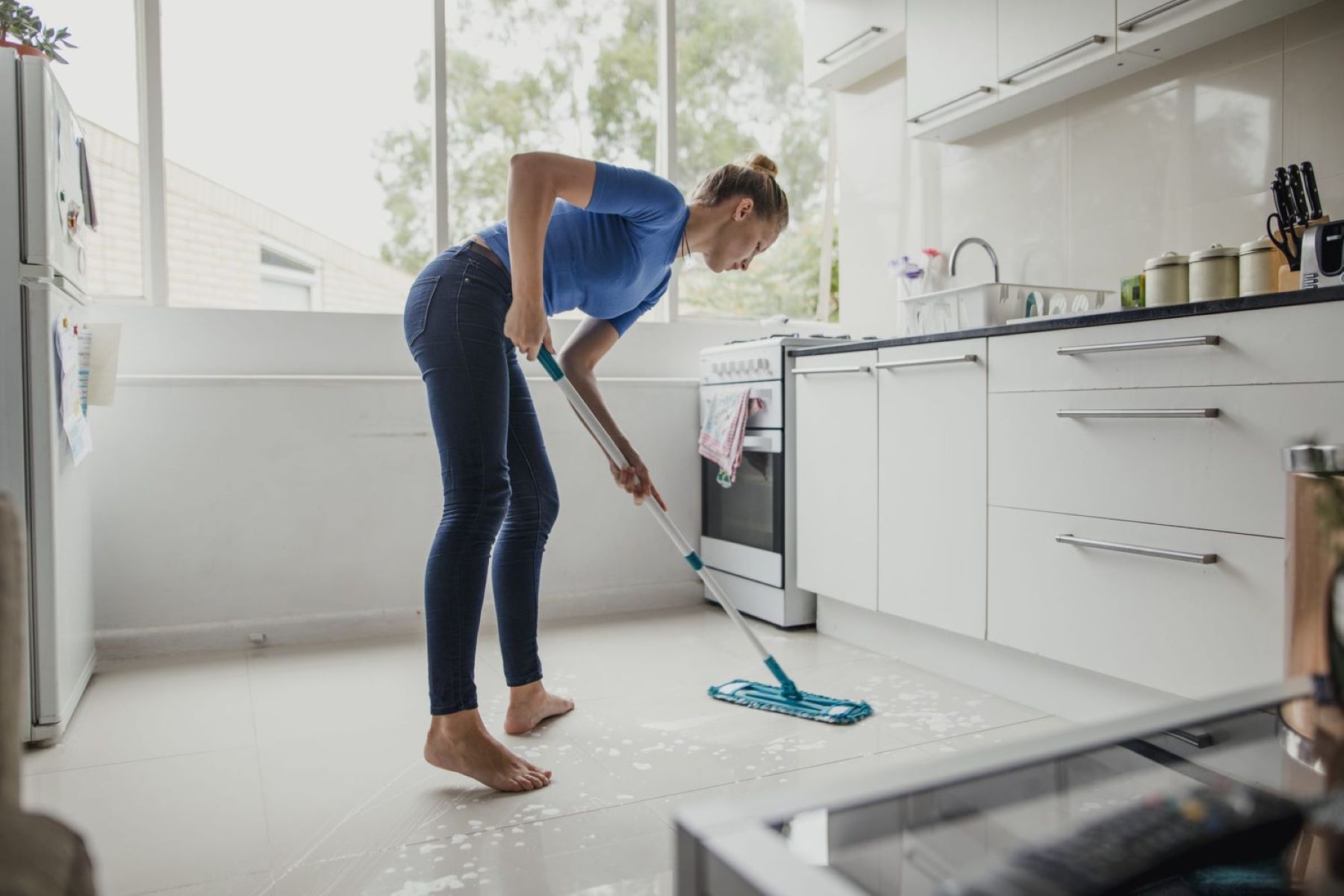
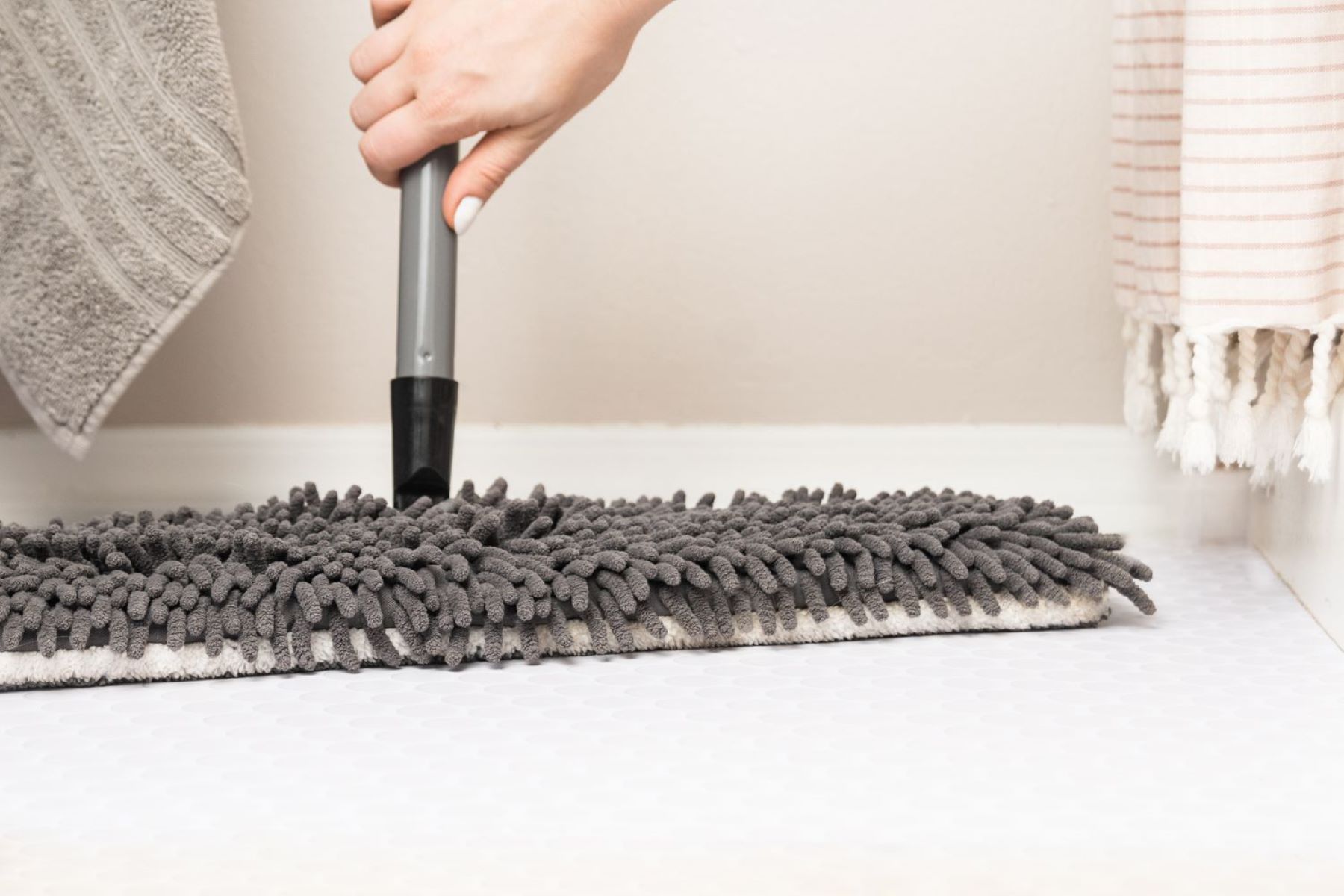
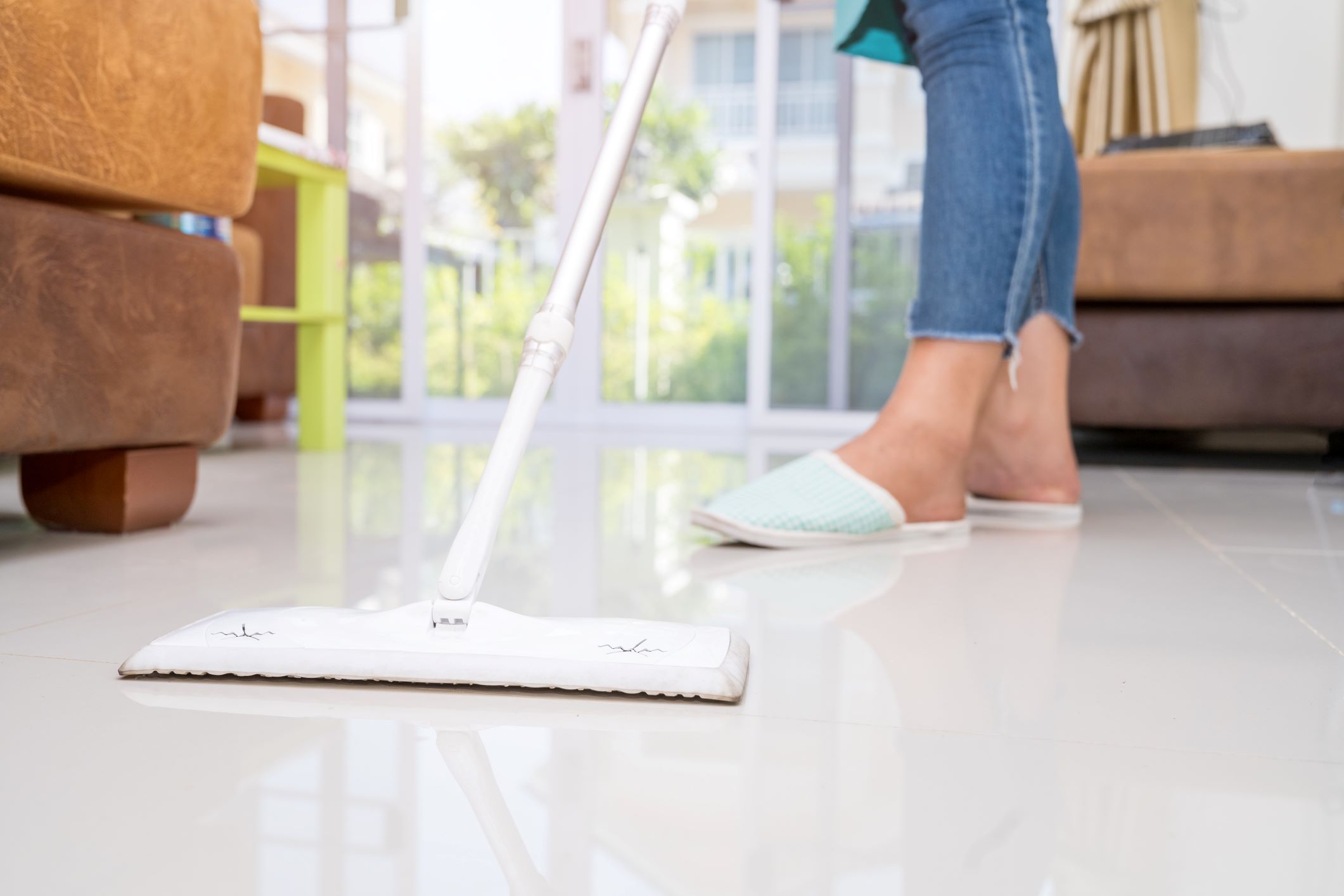
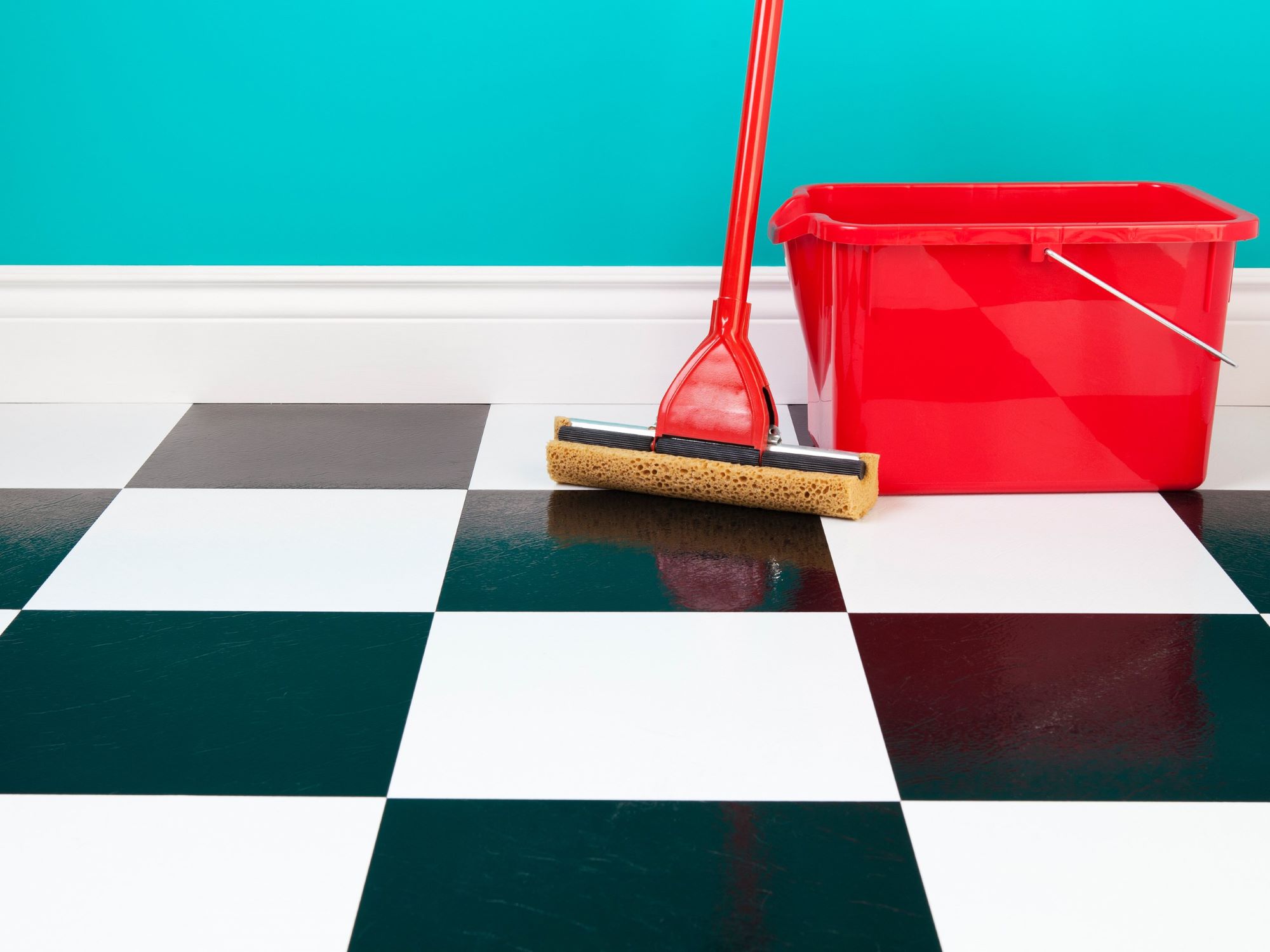
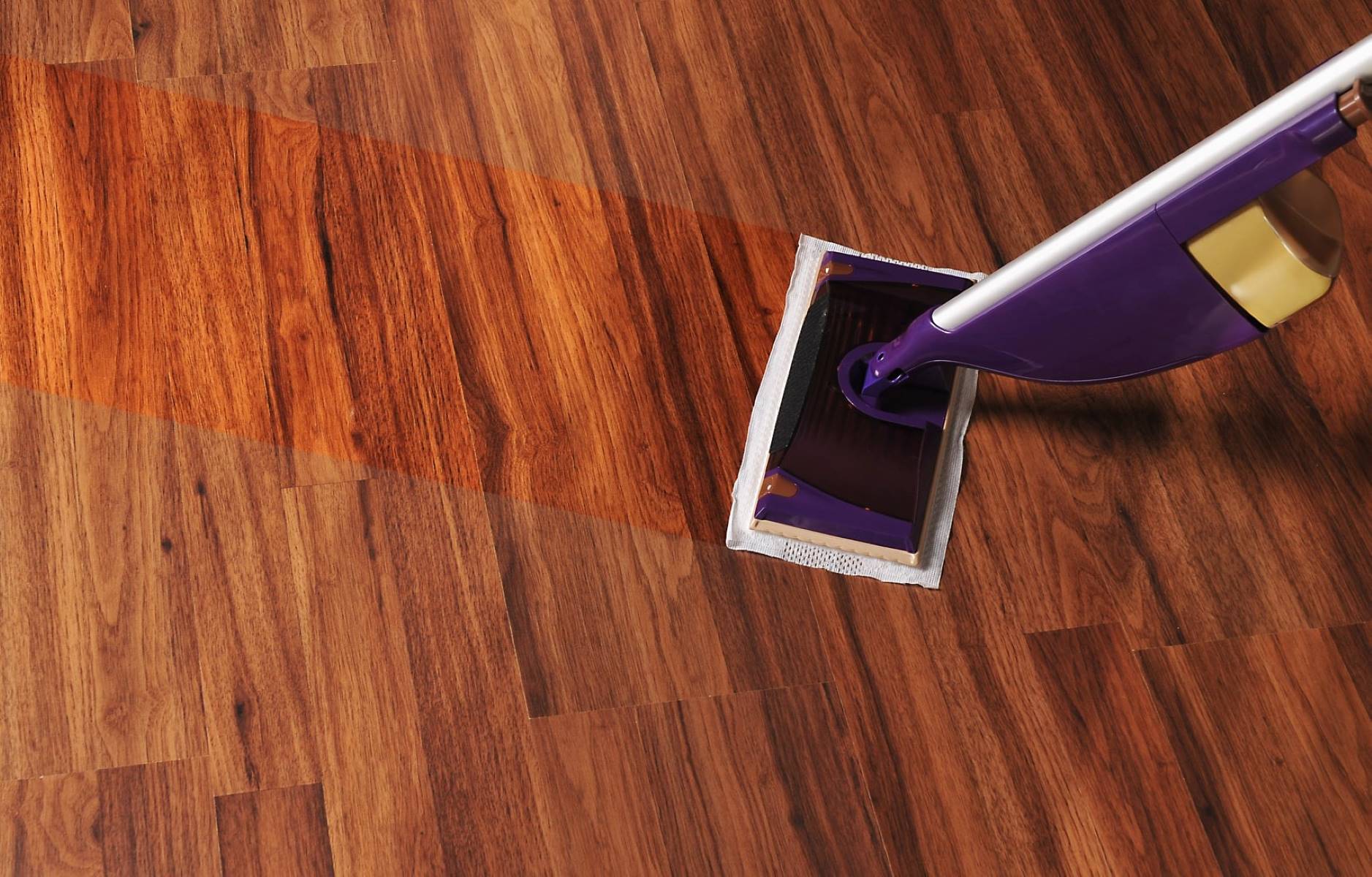
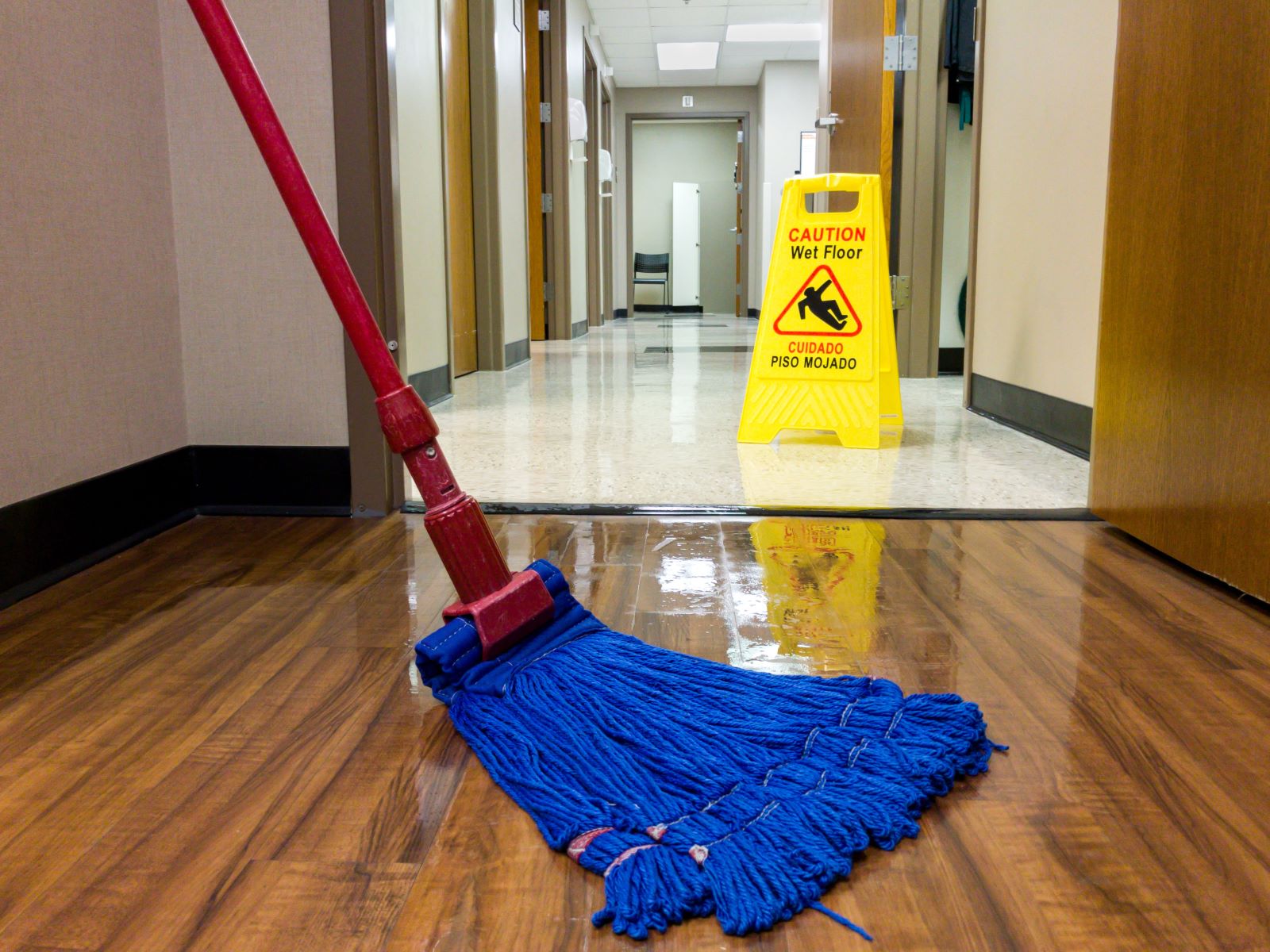
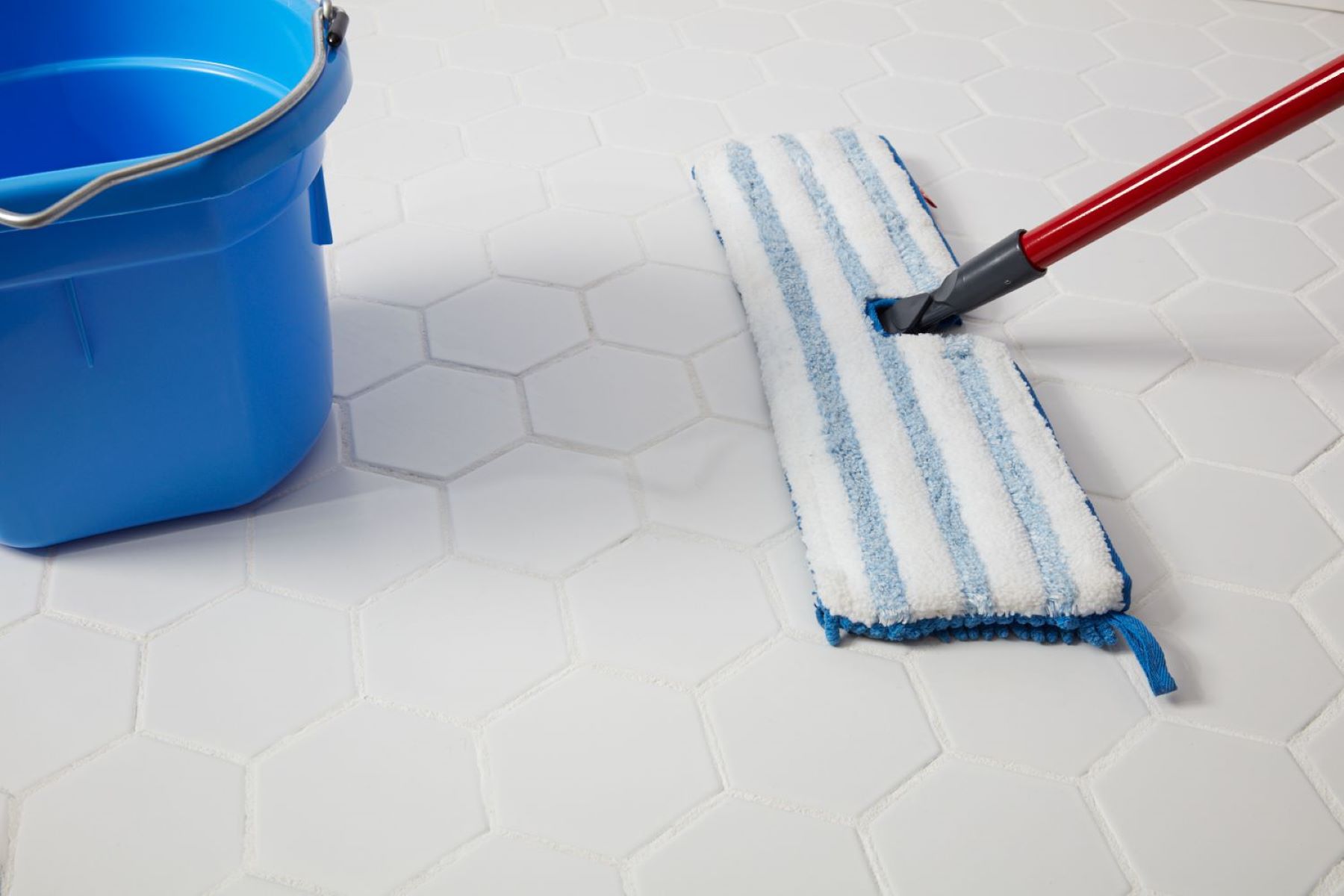
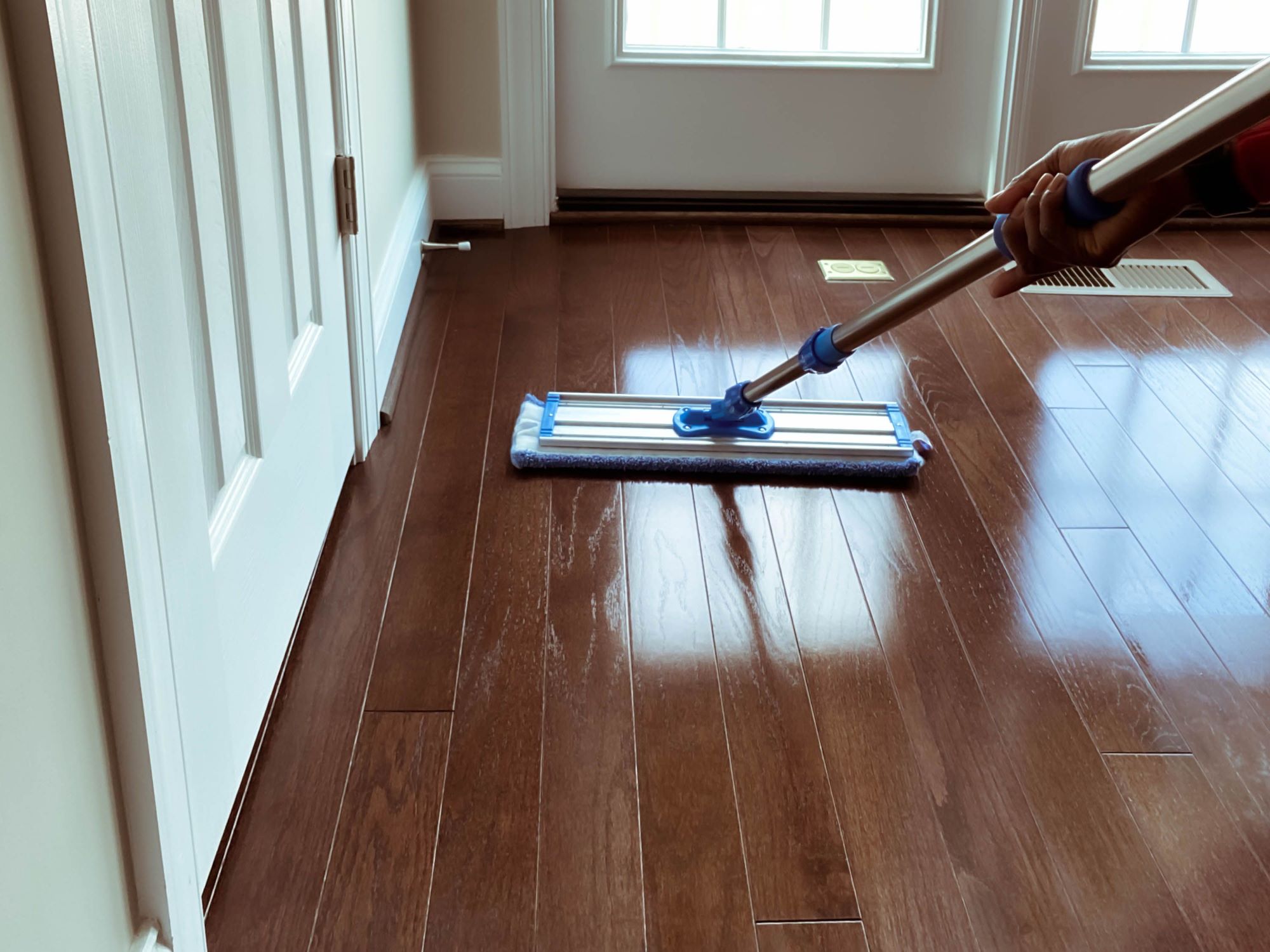
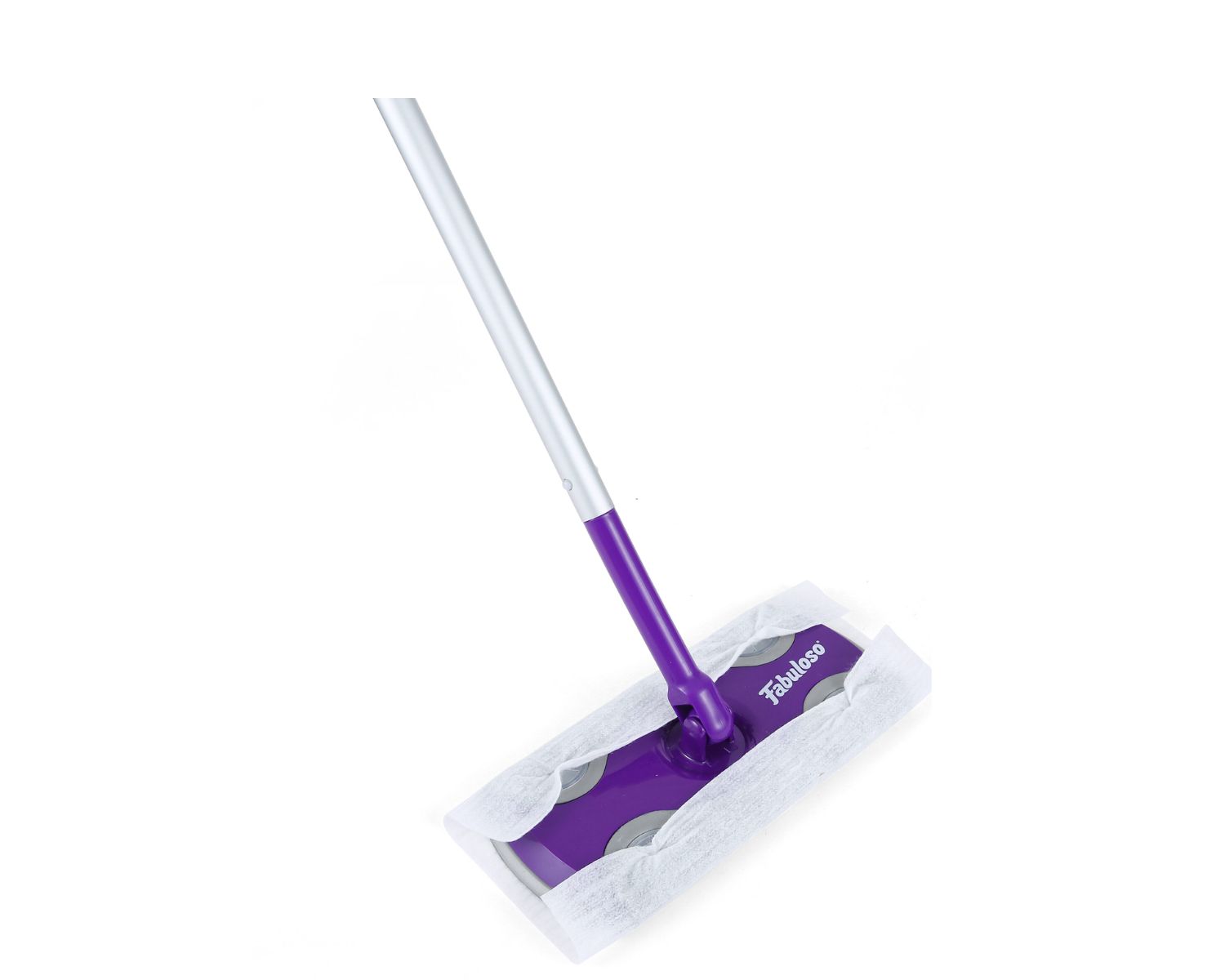

0 thoughts on “How To Mop Lvp Floors”